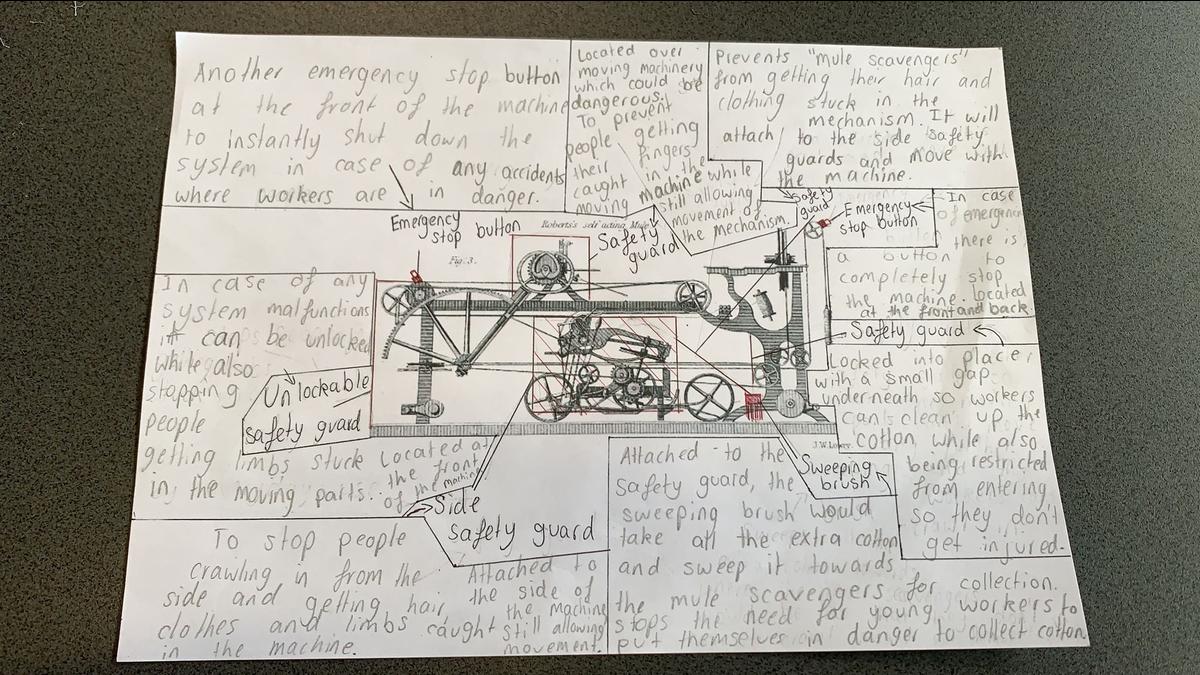From the Humanities & Cultural Studies Department

Homestay Families Required - Term 3
We are still looking for six families to host students from Nagoya in Term 3 from Tuesday, 29th July , to Friday, 1st August .
If you are happy to help, please contact Tristan Forsyth at tforsyth@bmgs.nsw.edu.au. Families considering the 2026 tour to Japan for their child are strongly encouraged to consider this opportunity to reciprocate our stay in Nagoya.
Design Thinking in Year 9 History: Innovation Meets the Industrial Revolution
Last term, Year 9 HSIE students tackled one of the most confronting aspects of the British Industrial Revolution: child labour. But rather than simply studying it through a historical lens, students stepped into the shoes of designers, innovators, and social reformers—applying the Design Thinking process to better understand the lived experiences of young workers and propose practical, technology-based solutions.
So what is Design Thinking?
Design Thinking is a creative and human-centred approach to problem solving, often used in modern industries to address complex real-world challenges. It consists of five key stages: Empathise, Define, Ideate, Prototype, and Test. For this task, students worked through the first four phases:
Empathise: Students explored historical images and sources to gain insight into the emotional and physical experiences of children working in mines, factories, and mills during the 1800s.
Define: They crafted clear and thoughtful problem statements, articulating the core issues of exploitation, poor working conditions, lack of education, and societal neglect.
Ideate: Drawing on research into 19th-century technologies like steam engines and mechanised looms, students brainstormed innovative ways these tools could have been re-imagined to reduce or even eliminate the need for child labour.
Prototype: Students sketched and explained redesigns of historical machinery, modifying them to be safer, more efficient, and suitable for use without child workers.
The results were not only historically informed but also deeply imaginative. Some students envisioned automated conveyor systems that could have replaced children's roles in coal sorting. Others proposed mechanical guards and emergency shut-off systems to reduce injuries in textile mills. A few even investigated how better ventilation and lighting could have lessened health impacts.
This assessment wasn't just about understanding the past—it was about using critical and creative thinking to consider how things could have been different. Through the Design Thinking process, students didn't just learn what happened during the Industrial Revolution; they learned how to take action on injustice, a skill that will serve them far beyond the classroom.
Examples of students brainstorming and redesigning
Tristan Forsyth
Head of Humanities





